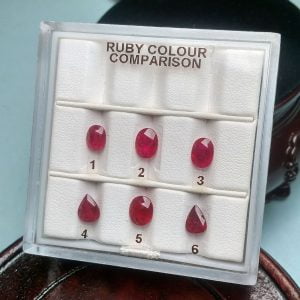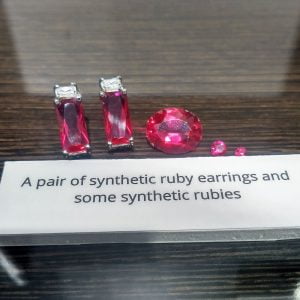Understanding Gemstones Part II
Recap…
Let’s recap the first three categories of gemstones in Part I:
- Crystal Systems
- Organic Gem Materials
- Phenomenal Gems
The next three categories of gem materials are as below:
- Rare Gems
- Imitation
- Synthetic
Rare Gems
Perhaps this can be better described as unusual or uncommon gems. Some examples are like kornerupine and sillimanite. These gems are often not as popular because they either come in small quantities, or they are not as attractive as the others like rubies and sapphires. Nevertheless they are still very beautiful nature’s creations. Other examples shown in the pictures below are some collections we have in The Gem Museum.
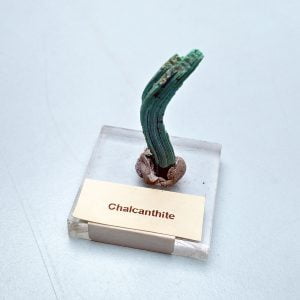
This is an old collection we have. Small and fragile.
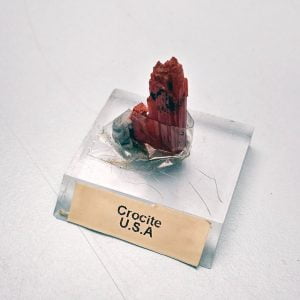
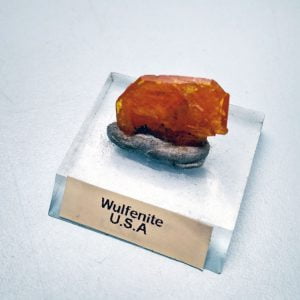
Imitation
Technically, these should not be described as “gems”. These materials are mainly man-made and artificial materials. The term ‘imitation’ means to ‘simulate’. It could be using a natural material to simulate another natural material of a higher value. An example is using serpentine to imitate a more valuable jadeite. Most of the time, due to the low cost and high consistency in production, glass is the most common material used to imitate many other gemstones. Green glass to imitate jade or emerald, red glass to imitate ruby and blue glass to imitate sapphire.
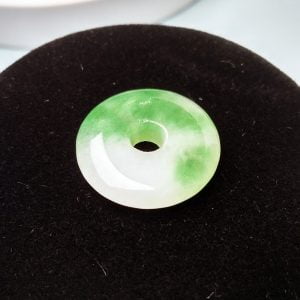
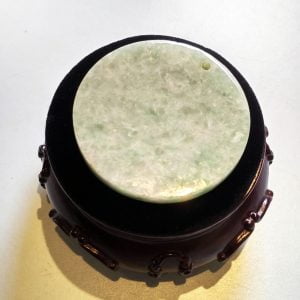

Synthetic
Many companies out there are selling synthetic materials, but not explaining clearly to consumers what synthetic really means. The emphasis is always on the fact that synthetic materials have exactly the same physical and chemical properties as the natural counterpart. These materials are considered artificial as they are “lab-grown” and sold in the market for less than half the price most of the time. Synthetic materials can be produced in large quantities at any one time. This includes diamonds. As such, the rarity factor of a ‘gem’ is hardly applicable for these materials. Although they are also beautiful, the value of these materials can never match up to a natural gemstone of the same quality.
